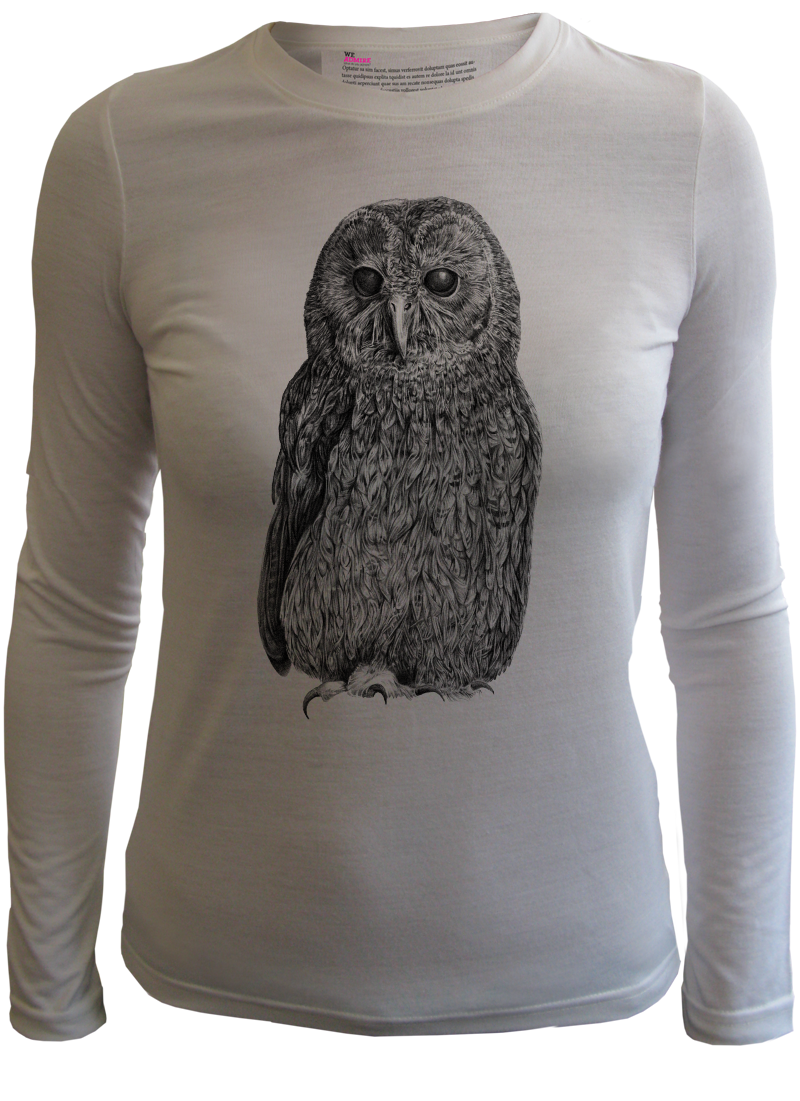The night sniper.



About Owl
************
Owls are a group of birds with 200 extant species. Most are solitary and nocturnal, with some exceptions (e.g., the Northern Hawk Owl). They are found all over the globe except Antarctica, most of Greenland, and some remote islands.
Owls are divided into two families: the typical owls, Strigidae; and the barn-owls, Tytonidae. Most birds of prey sport eyes on the sides of their heads, but the stereoscopic nature of the owl's forward-facing eyes permits the greater sense of depth perception necessary for low-light hunting. Owls are part of a small group of birds that live nocturnally, but do not use echolocation to guide them in flight in low-light situations. Owls are known for their disproportionately large eyes in comparison to their skull.
An apparent consequence of the evolution of an absolutely large eye in a relatively small skull is that the eye of the owl has become tubular in shape. Although owls have binocular vision, their large eyes are fixed in their sockets as are those of other birds so they must turn their entire head to change views. As owls are farsighted, they are unable to see clearly anything within a few centimeters of their eyes. Caught prey can be felt by owls with the use of filoplumes & like feathers on the beak and feet that act as "feelers".
Their far vision, particularly in low light, is exceptionally good. Owls can rotate their heads and necks as much as 270 degrees. Owls have fourteen neck vertebrae as compared to 7 in humans which makes their necks more flexible. They also have adaptations to their circulatory systems, permitting rotation without cutting off blood to the brain: the foramina in their vertebrae through which the vertebral arteries pass are about 10 times the diameter of the artery, instead of about the same size as the artery as in humans; the vertebral arteries enter the cervical vertebrae higher than in other birds, giving the vessels some slack; and the carotid arteries unite in a very large anastomosis or junction, the largest of any bird's, preventing blood supply from being cut off while the neck is rotated. Other anastomoses between the carotid and vertebral arteries support this effect. This beautiful illustration of an Owl is the work of Clay Thompson, who has created exquisite depictions of the Frog, Iguana, Llama, and Crocodile.
About the Fabric
*******************
*******************
The material we use uniquely in t-shirts is CoolMax freshFX. The fibre exploits capillary action and the surface tension of water to wick moisture from your skin, keeping wearers comfortable and cool. We can presently claim t shirts made from these fibres ringspun into yarns suitable for t shirts are only available from WeAdmire. These shirts are notably comfortable and enduringly so.
We offer short sleeves for men and long sleeves for women, and a range of sizes going from XS to XXL for women and S to 3XL for men, as well as five different colours: white, blue, dapple grey, peach and sage.
The decorations are dyed into the fabric of the shirts in full CMYK colour at 720dpi and 1440dpi. The shirts are fully coloured and entirely colour fast.
About WeAdmire
*******************
Our objective is to deliver expression through admiration. You will enjoy wearing clothes that appeal to you and express your interests and personality.
Curious as to what We Admire?
https://www.weadmire.net






